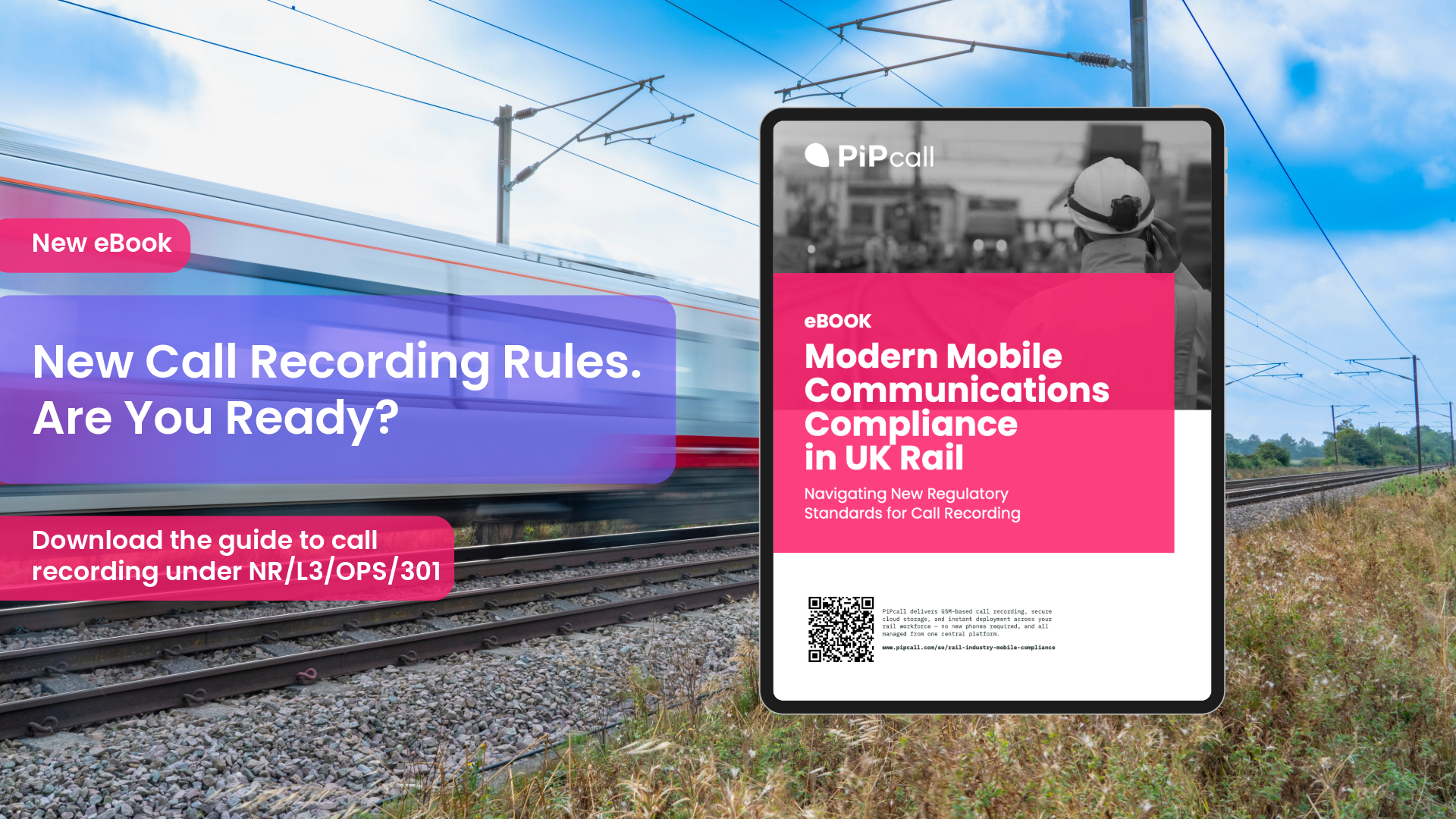As eSIM technology continues to revolutionise how businesses manage mobile devices, understanding which devices are compatible with eSIMs is critical for companies looking to streamline operations and reduce costs. From smartphones and wearables to industrial IoT devices, the range of eSIM-compatible hardware is growing, offering enhanced flexibility for various sectors.
In this guide, we’ll explore eSIM-capable devices, their applications in different industries, and how to verify compatibility.
Overview of eSIM-Capable Devices: Smartphones, Tablets, and Laptops
Smartphones
Most modern smartphones now support eSIM technology, particularly flagship devices from leading manufacturers. In the UK, devices such as the iPhone 11 series and later, Google Pixel smartphones, and Samsung Galaxy S20 and S21 series have eSIM functionality. These devices allow businesses to quickly deploy mobile services to employees without the hassle of managing physical SIM cards.
Tablets and Laptops
Beyond smartphones, tablets and laptops are increasingly eSIM-capable. Devices like the Apple iPad Pro, Microsoft Surface Pro, and Lenovo Yoga models come equipped with eSIM support. For industries that require mobile productivity, such as field services or sales teams, having eSIM functionality in tablets and laptops ensures connectivity without the need for Wi-Fi or external dongles.
These eSIM-enabled tablets and laptops are ideal for employees who frequently work in the field or in remote locations. eSIMs can also support roaming and international data plans, making them perfect for businesses with cross-border operations, as referenced in your sales team’s experience.
Industry-Specific Devices: eSIMs in IoT and Wearables
IoT Devices
One of the most promising uses of eSIM technology lies in the Internet of Things (IoT). IoT devices, such as smart meters, asset trackers, and agricultural sensors, can leverage eSIMs for seamless, remote connectivity. These devices are deployed in a variety of industries—from logistics to agriculture—and require constant data transmission. With eSIMs, businesses can remotely provision and update devices without manual intervention, providing significant logistical benefits.
For instance, companies using eSIM-enabled IoT devices can optimise fleet management, track shipments, or monitor environmental conditions without the hassle of deploying technicians to replace physical SIMs. Multi-network eSIMs are particularly valuable in rural areas where network coverage may be inconsistent.
Wearables
In addition to IoT, wearable devices like smartwatches are also becoming eSIM compatible devices. Popular devices like the Apple Watch and Samsung Galaxy Watch now support eSIM technology, allowing wearers to stay connected without needing to be tethered to their smartphones. In a business context, these wearables are ideal for industries where hands-free communication is crucial, such as healthcare, manufacturing, or field services.
For example, healthcare workers can stay connected via eSIM-enabled wearables, receiving important notifications or patient updates without carrying multiple devices. The flexibility and mobility offered by these devices make them highly suitable for sectors that rely on instant, real-time communication.
Guides to Checking Compatibility: Steps to Verify if a Device Supports eSIM
Before a business adopts eSIM technology, it’s essential to verify which devices are compatible. Here are some steps you can follow to check:
1. Consult Manufacturer Specifications: Most device manufacturers clearly state whether their products support eSIM. Check the product’s specifications on the manufacturer’s website (e.g., Apple, Samsung, Google).
2. Check Device Settings: On many smartphones, you can find eSIM settings under “Mobile Network” or “SIM & Network” settings. If you see an option to add a mobile plan, your device likely supports eSIM.
3. Use eSIM Compatibility Tools: Some network providers offer eSIM compatibility tools online. You can input your device model to check if it’s eSIM-capable and compatible with your chosen network.
4. Speak to Your Network Provider: Providers like Vodafone, O2, and EE in the UK offer detailed guides on which devices are compatible with their eSIM services. Reaching out to your provider ensures that your chosen devices will work with their eSIM services.
By understanding eSIM compatibility, businesses can harness the full potential of this technology to improve connectivity, streamline mobile device management, and support flexible working arrangements. Whether through smartphones, tablets, or IoT devices, the move to eSIM can offer significant operational advantages for companies across industries. With PiPcall’s eSIM solutions, businesses can ensure their teams stay connected, no matter where they are.



.png)



